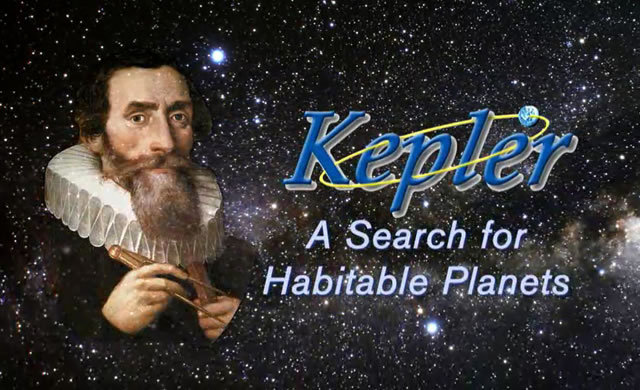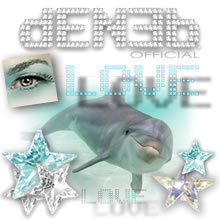
Questa è una illustrazione della Stella più antica mai trovata nelle vicinanze del nostro sistema solare. Il suo nome nel catalogo è HD 140283 e si trova a 190.1 anni luce dalla Terra.
Un team di astronomi utilizzando il Telescopio Spaziale Hubble ha compiuto un passo importante verso il ritrovamento del certificato di nascita di una stella che è stata intorno a noi per un tempo molto lungo.
“Abbiamo scoperto che questa è la più antica stella nota con una ben determinata età”, ha detto Howard Bond del Pennsylvania State University di University Park, in Pennsylvania, e del Space Telescope Science Institute di Baltimora, la stella potrebbe avere un’età vicina ai 14,5 miliardi di anni (con una variabile più o meno di 0,8 miliardi anni), che da questa analisi potrebbe risultare come la più antica età fino ad ora calcolata nell’Universo. Ma dalle osservazioni precedenti, si parla di stime risalenti al 2000, si era posta la stella con una età di circa 16 miliardi di anni. E questa fascia di età ha presentato un potenziale dilemma per i cosmologi. “Forse la cosmologia è sbagliata, la fisica stellare è sbagliata, o la distanza della stella è sbagliata,” ha sostenuto Howard Bond. “Così abbiamo deciso di affinare la distanza.” La nuova età calcolata attraverso il Telescopio Spaziale Hubble stima di ridurre l’intervallo di incertezza della misura in modo da sovrapporre l’età della stella con l’Universo, determinato dal tasso di espansione dello spazio, dall’analisi del fondo a microonde del Big Bang, e dalle misure di decadimento radioattivo.
This is an illustration of the oldest star ever found in our solar neighborhood. The aging star, cataloged as HD 140283, lies 190.1 light-years from Earth.
A team of astronomers using NASA’s Hubble Space Telescope has taken an important step closer to finding the birth certificate of a star that’s been around for a very long time.
“We have found that this is the oldest known star with a well-determined age,” said Howard Bond of Pennsylvania State University in University Park, Pa., and the Space Telescope Science Institute in Baltimore, Md. The star could be as old as 14.5 billion years (plus or minus 0.8 billion years), which at first glance would make it older than the universe’s calculated age of about 13.8 billion years, an obvious dilemma. But earlier estimates from observations dating back to 2000 placed the star as old as 16 billion years. And this age range presented a potential dilemma for cosmologists. “Maybe the cosmology is wrong, stellar physics is wrong, or the star’s distance is wrong,” Bond said. “So we set out to refine the distance.” The new Hubble age estimates reduce the range of measurement uncertainty, so that the star’s age overlaps with the universe’s age—as independently determined by the rate of expansion of space, an analysis of the microwave background from the big bang, and measurements of radioactive decay.
Source/Continue reading → Phys.org





















